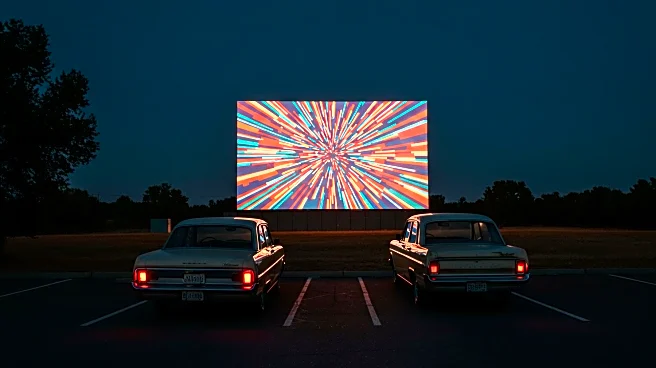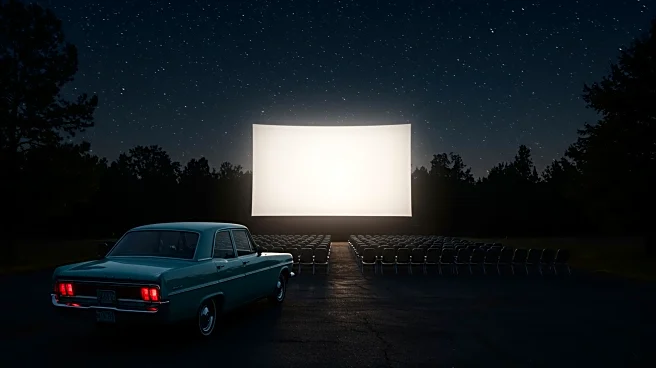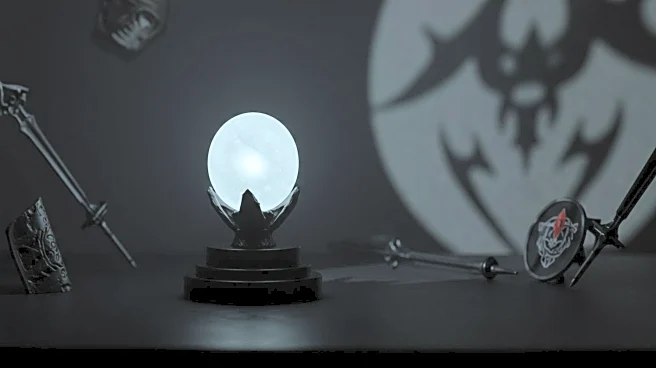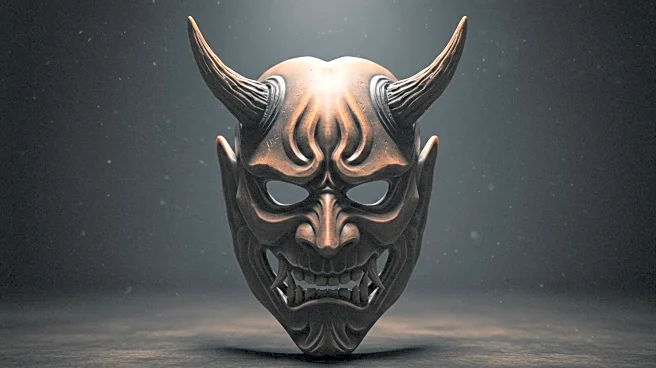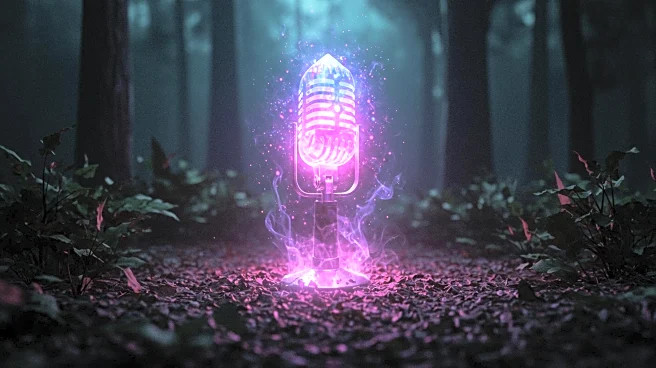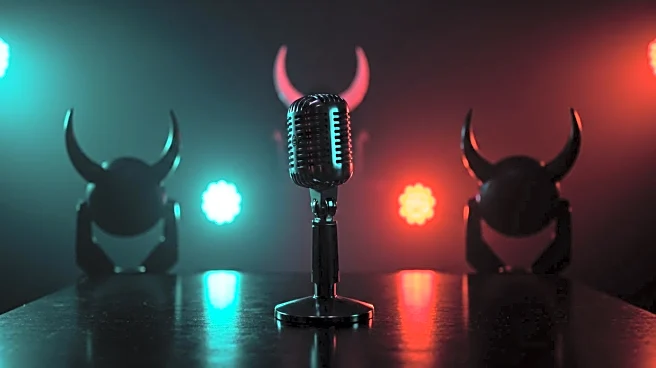What's Happening?
Drive-in movie theaters, which saw a significant surge in popularity during the COVID-19 pandemic, are experiencing a decline as traditional cinemas regain their footing. During the pandemic, drive-ins accounted for 85% of box office revenue in the U.S. from late March to mid-August 2020, a stark increase from 2.9% in the same period in 2019. This surge was driven by social distancing measures that limited indoor entertainment options. However, as restrictions eased, many drive-ins closed permanently, with only 283 operating nationwide in 2024, down from 305 in 2019. Despite the decline, drive-ins continue to offer cheaper tickets and concessions compared to major theater chains, providing a nostalgic experience for movie-goers. Some drive-ins are reopening, driven by younger couples interested in reviving the culture, although attendance remains lower than desired.
Why It's Important?
The decline of drive-in theaters highlights the shifting dynamics within the movie industry as it adapts post-pandemic. While drive-ins provided a crucial lifeline during the pandemic, their reduced numbers indicate a return to traditional cinema experiences. This shift impacts independent drive-in owners who rely heavily on concession sales for revenue. The resurgence of brick-and-mortar theaters suggests a recovery in the industry, but also poses challenges for drive-ins trying to maintain relevance. The nostalgic appeal of drive-ins remains a draw, particularly for retro content, but sustaining this interest requires innovative approaches to attract younger audiences.
What's Next?
As the movie industry continues to evolve, drive-in theaters may need to diversify their offerings to remain competitive. This could include hosting themed events or screenings of classic films to capitalize on nostalgia. The reopening of drive-ins by new owners suggests a potential revival, but success will depend on attracting consistent attendance. Industry stakeholders may explore partnerships or promotions to boost visibility and draw in crowds. The future of drive-ins will likely hinge on their ability to adapt to changing consumer preferences and market conditions.
Beyond the Headlines
The drive-in theater phenomenon underscores broader cultural shifts in entertainment consumption. As digital streaming services grow, traditional movie-going experiences face increased competition. Drive-ins offer a unique blend of outdoor leisure and cinematic nostalgia, appealing to those seeking alternatives to indoor venues. This cultural aspect may influence future entertainment trends, as consumers balance convenience with experiential value. The drive-in model also raises questions about sustainability and innovation in the entertainment sector, prompting discussions on how to preserve cultural heritage while embracing modern advancements.
